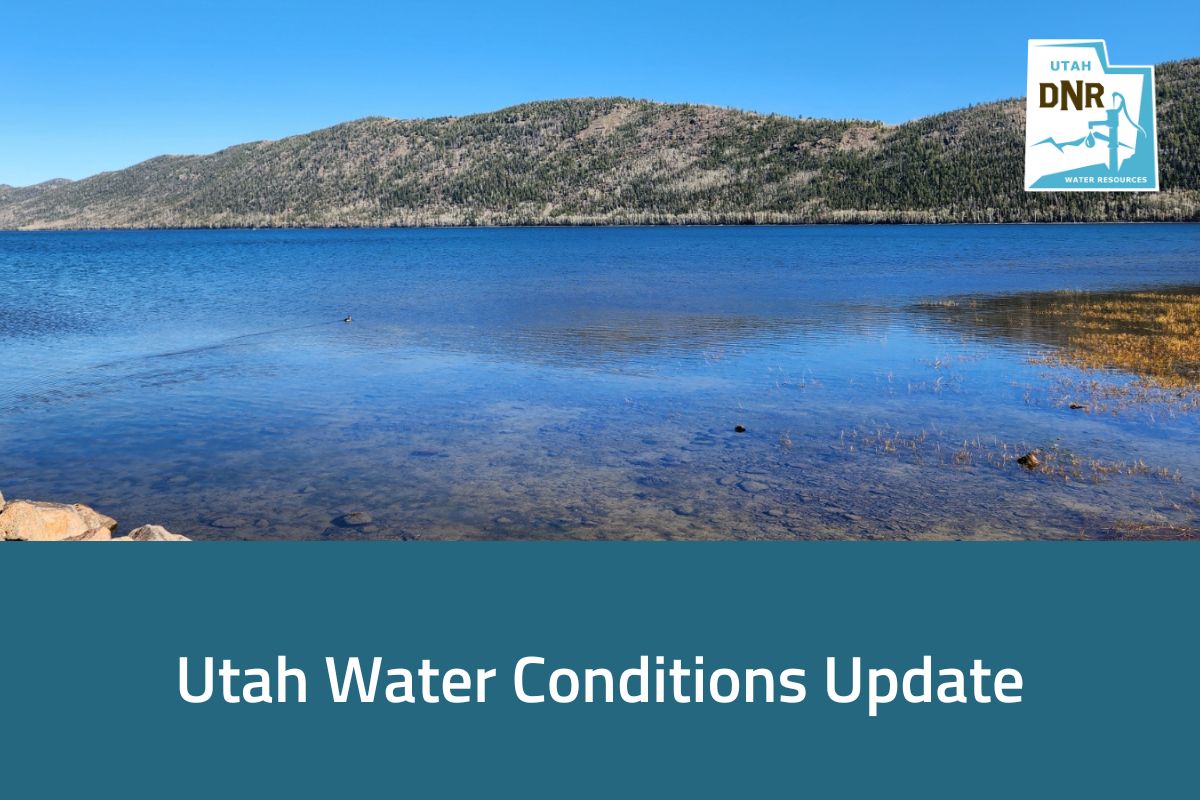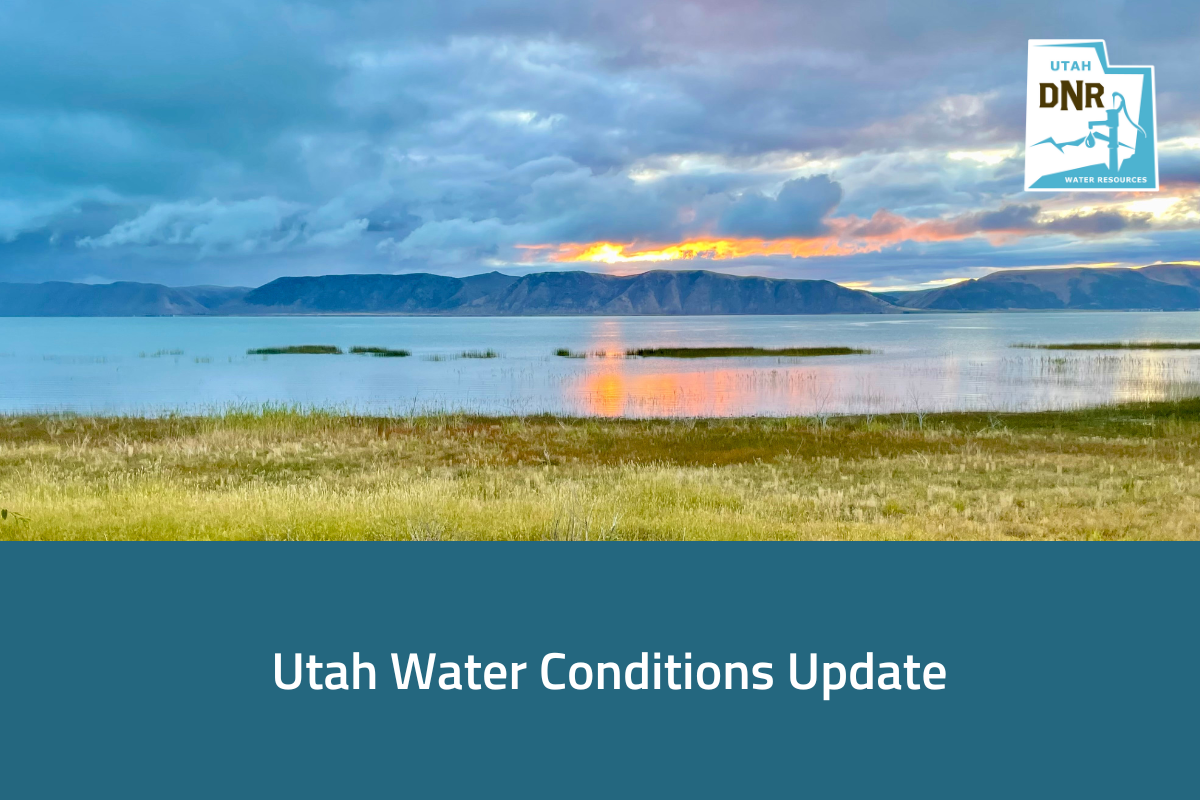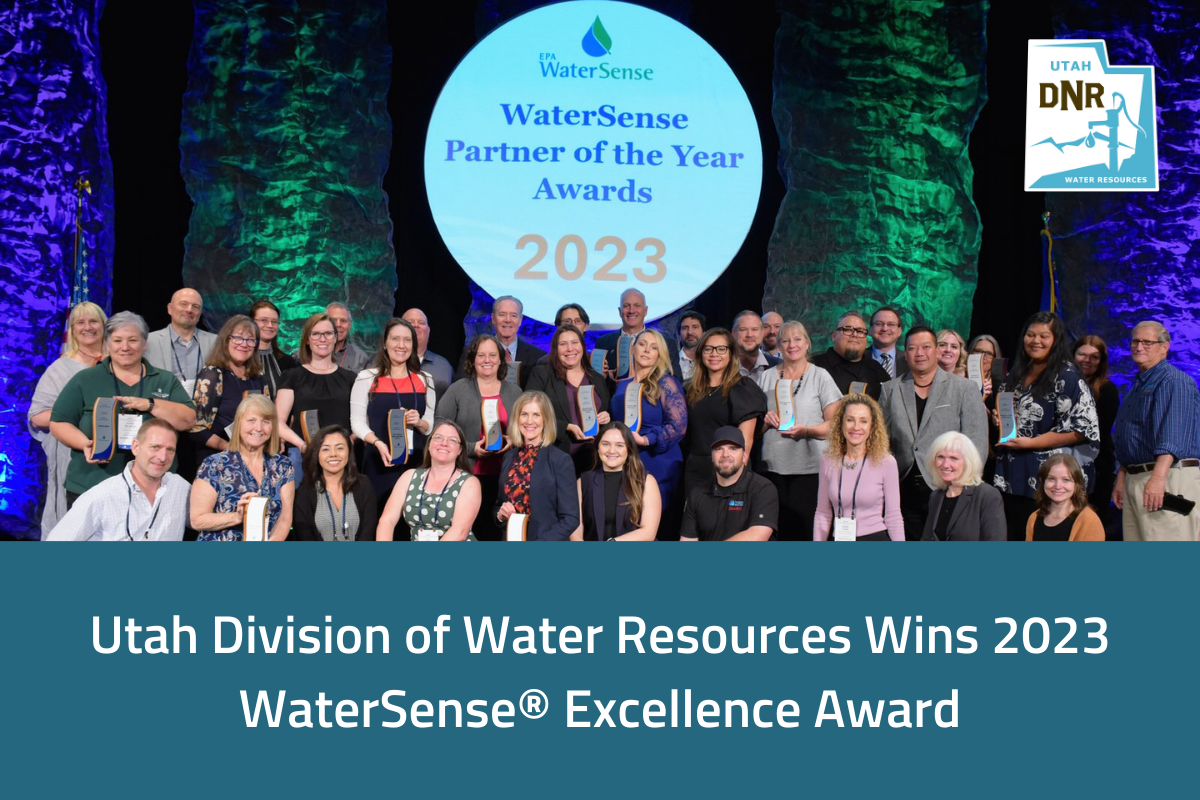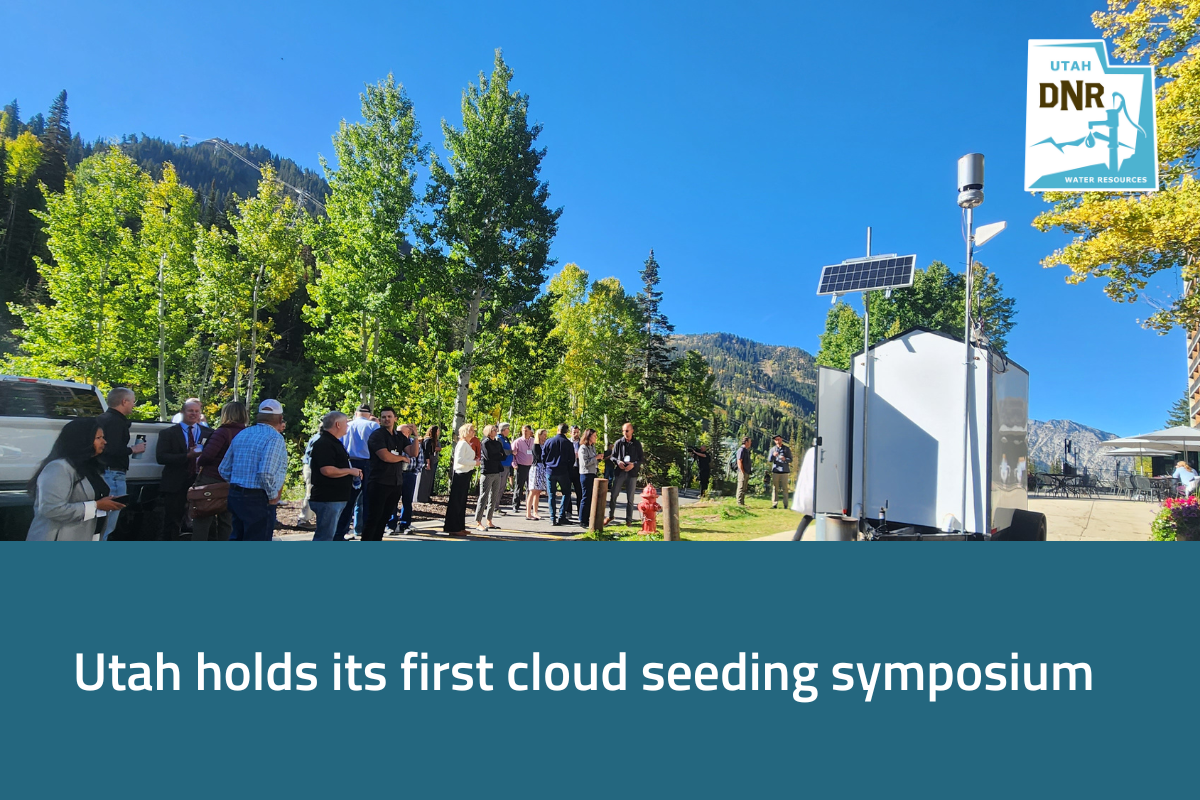Informational open house Dec. 7
SALT LAKE CITY (Dec. 5, 2023) – Upon completion of the draft Work Plan for the Great Salt Lake Basin Integrated Plan, the Utah Division of Water Resources, in collaboration with the Bureau of Reclamation, will be holding a virtual open house on Thursday, Dec. 7.
“The Great Salt Lake is a unique and precious resource for the state of Utah. We recognize its vital role in our environment, economy and culture,” said the Division of Water Resources Director Candice Hasenyager. “This plan is a significant step toward addressing the complex challenges we face in preserving and protecting this remarkable natural wonder.”
(more…)









